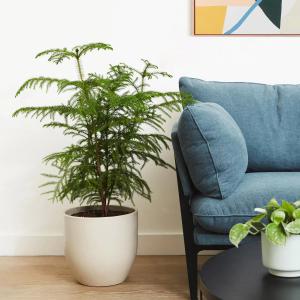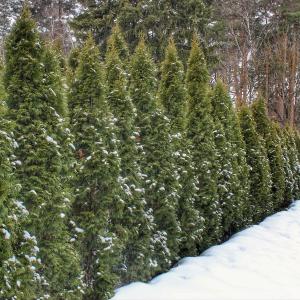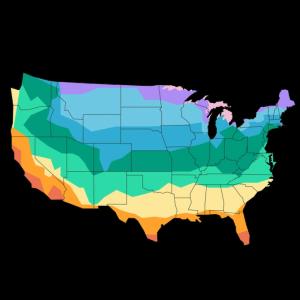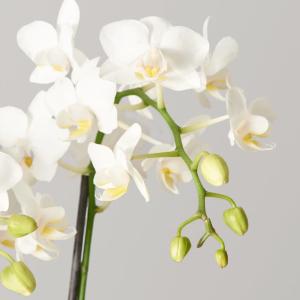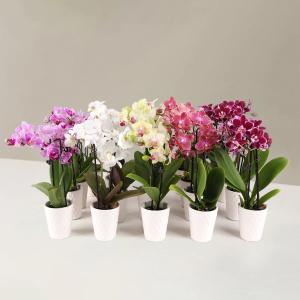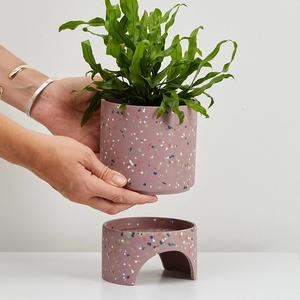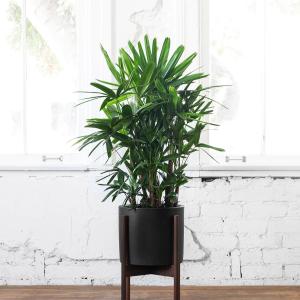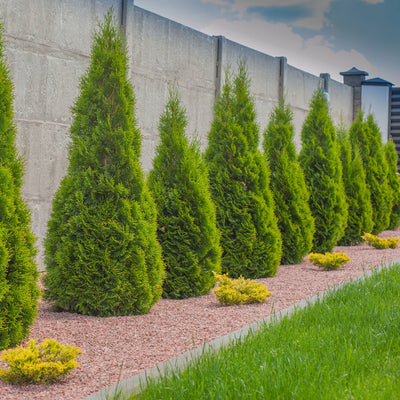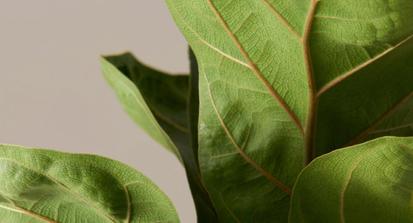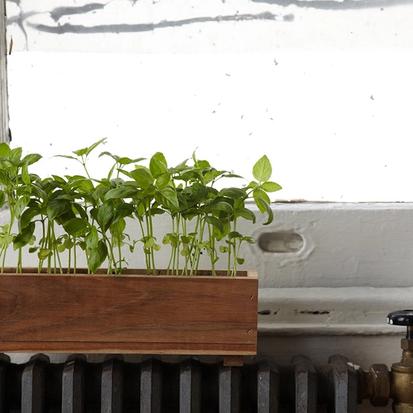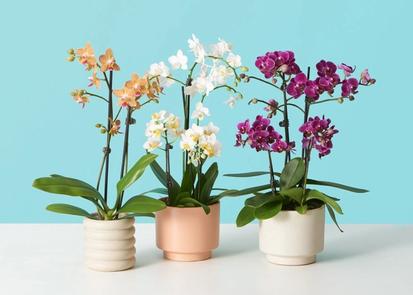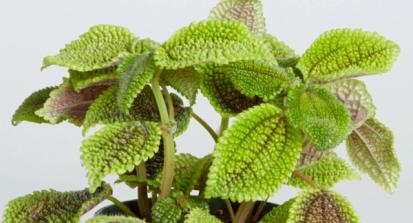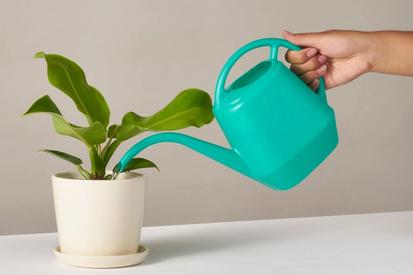What is an evergreen tree or shrub?
An evergreen tree or shrub is a plant that retains its leaves throughout the year, staying green for all seasons. Unlike deciduous plants, which shed their leaves annually, evergreens maintain their foliage, providing constant cover and color. These plants can be found across a wide range of climates, from cold forests of the northern hemisphere to tropical rainforests near the equator, but are particularly common in temperate regions. Evergreens are often used in landscaping for their year-round aesthetic appeal and their ability to provide shelter and windbreaks.
Their lush foliage and consistent presence make them a valuable addition to any landscape. Whether you're aiming to create a vibrant green backdrop or add a touch of winter interest, cultivating and caring for evergreens requires some know-how. Below we'll dive into the essentials of growing and maintaining evergreens in your garden.
Emerald Green Arborvitae
With its dense foliage, the Emerald Green Arborvitae provides a living wall that keeps prying eyes out. Perfect for lining property edges or creating secluded nooks.
Choosing the Right Species
Choosing the right evergreen for your garden involves considering your climate, the plant's mature size, and its purpose in the garden. First, select species that are well-suited to your local climate by looking up your USDA hardiness zone to increase chances of successful growth. For example, the Colorado Blue Spruce can tolerate winter temperatures as low as -50°F in hardiness zone 2; whereas the Southern Wax Myrtle prefers a warmer climate, only as low as 5°F in zone 7.
Next, consider the mature size of the tree or shrub by researching the expected height and width of the species at full growth. Ensure the plant has enough space to grow without crowding other plants or structures, as some evergreens can grow quite large. Finally, think about the purpose, whether you need a windbreak, privacy screen, or ornamental feature, and choose a species that meets your aesthetic and functional needs. For smaller spaces, choose dwarf or slow-growing species to prevent overgrowth or lace taller evergreens at the back of borders or as background plants.

Site Selection
Choose a location that meets the specific needs of your chosen evergreens regarding sunlight, soil drainage, and space requirements. When selecting a site for evergreens, choose a location with adequate sunlight, as most evergreens prefer full to partial sun. Ensure the soil is well-draining to prevent water-logging and consider amending the soil with organic matter such as compost to improve drainage and fertility.
Planting
To plant an evergreen tree or shrub, first, dig a hole slightly larger than the root ball and plant the evergreen at the same depth it was in the container. Place the plant in the hole, ensuring the top of the root ball is level with the surrounding soil. Backfill the hole with the original soil, gently tamping it down as you go to eliminate air pockets.
Finally, water the plant thoroughly to settle the soil around the roots and apply a layer of mulch around the base, keeping it away from the trunk, to retain moisture, suppress weeds, and regulate soil temperature.
Watering
While established evergreens are generally drought-tolerant, newly planted specimens require regular waterings to establish a strong root system. A general rule is to water deeply once a week, allowing the top inch of soil to dry out between waterings. Deep watering is ideal, ensuring the water reaches the root zone, but avoid overwatering, as evergreens dislike soggy soil. During hot or dry periods, water more frequently, but reduce watering in cooler, wetter months.
Fertilizing
Fertilizing should be done in early spring before new growth begins. Use a balanced, slow-release fertilizer formulated for evergreens, following the product's recommended rates. Water thoroughly after fertilizing to help the nutrients reach the roots and to prevent root burn. Avoid over-fertilizing, as this can lead to excessive growth and weaken the plant.

Pruning
Regular pruning helps maintain the desired shape and size of evergreens, promotes airflow, and removes dead or diseased branches. The best time to prune evergreens is in late winter or early spring before new growth emerges. When shaping, make cuts just above a branch or bud, being careful not to remove too much foliage at once, as evergreens can be slow to regrow. Avoid heavy pruning in late summer or fall, as this can stimulate new growth that may not harden off before winter.
Pest and Disease Management
Prevention is always a growers first line of defense! Regularly inspect your plants to catch any issues early, and keep the area around the plants clean and free of debris, as this can harbor pests and diseases. If problems are detected, use targeted treatments like insecticides for pests or fungicides for fungal infections, following the product instructions carefully. Maintaining healthy plants through proper watering, fertilizing, and pruning helps to naturally resist pests and diseases.
Winter Protection
Winter protection for evergreens involves mulching around the base to insulate roots and retain soil moisture. In regions with harsh winters, protect vulnerable evergreens from snow and ice damage by wrapping them with burlap or applying an anti-desiccant spray. You can also shield young or sensitive plants from harsh winds and heavy snow by wrapping them in burlap or using windbreaks. Water evergreens well before the ground freezes to ensure they have enough moisture to survive winter drought.
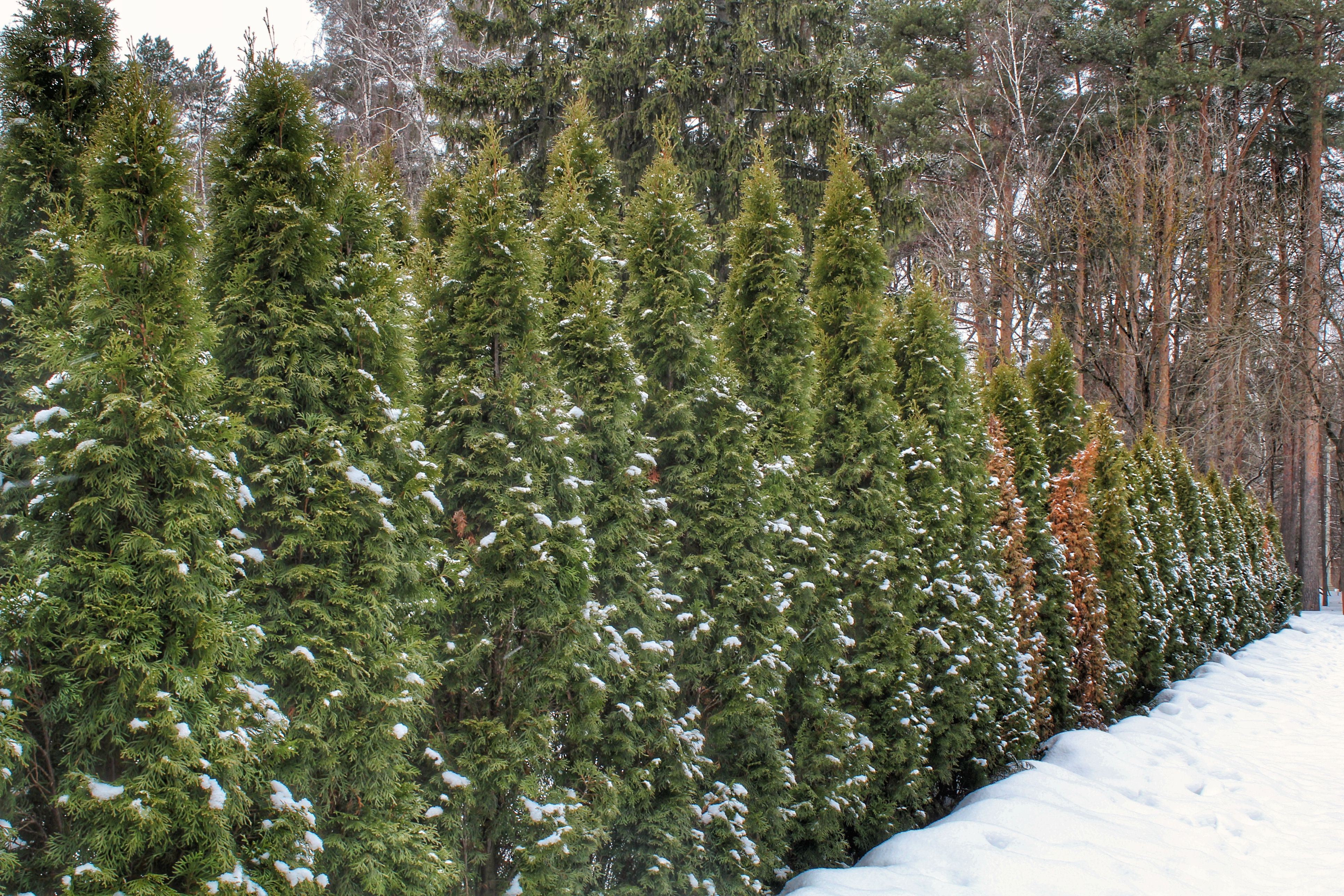
Conclusion
Evergreen trees and shrubs are invaluable additions to any garden. By selecting the right species, implementing proper cultivation techniques, and following essential maintenance practices, you can enjoy healthy and vibrant evergreens for years to come. Whether you're aiming to create a formal hedge, a colorful border, or a serene woodland retreat, these plants are sure to enhance the beauty of your outdoor space.
Words By The Sill
Empowering all people to be plant people—a collection of articles from The Sill’s team of plant experts across a variety of plant care topics to inspire confidence in the next generation of plant parents. Welcome to Plant Parenthood™.
